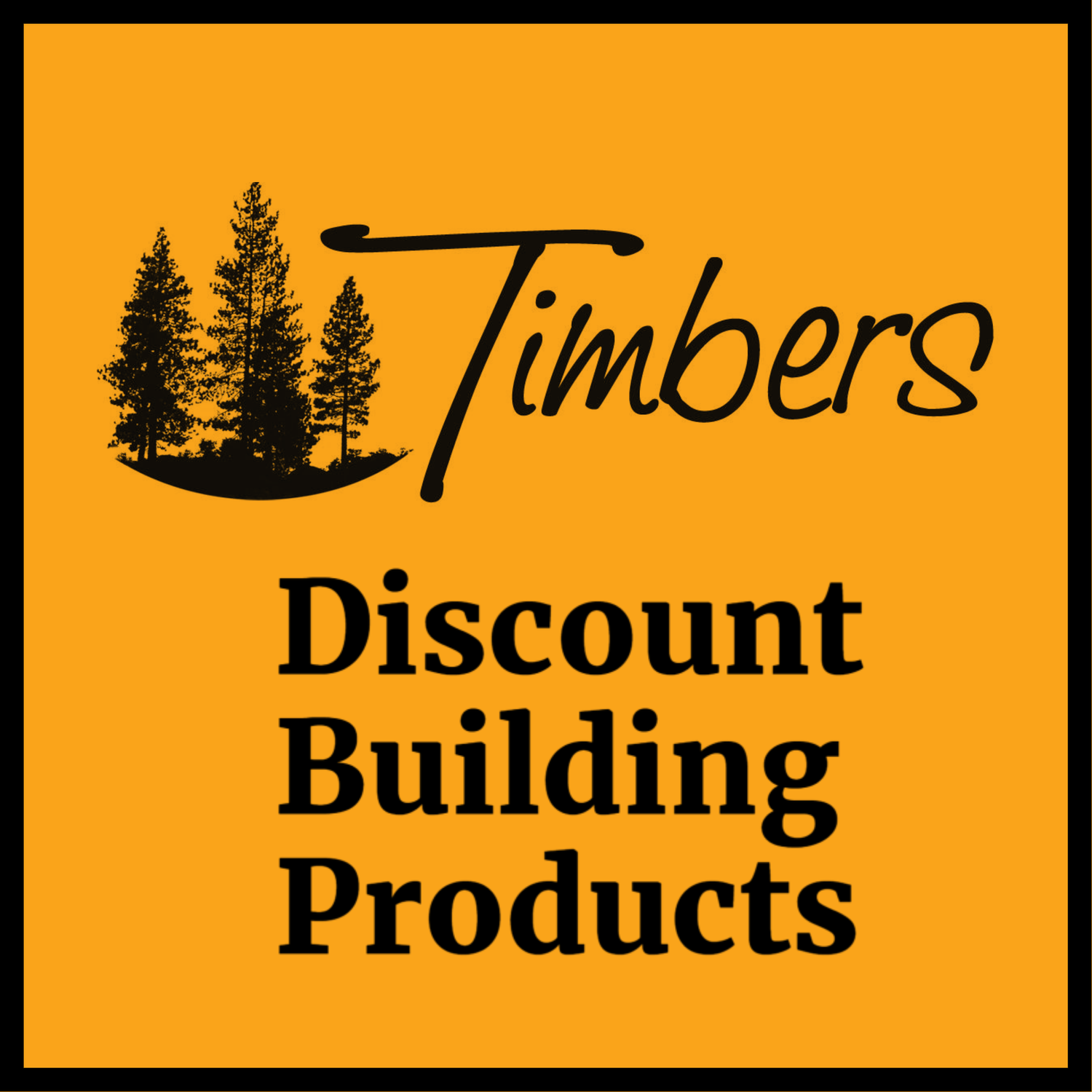
Trex VS Fiberon
Trex Composite Decking is a household name in the composite deck world, but Fiberon has a number of distinct advantages.
When comparing Fiberon and Trex composite decking, there are several key differences to consider. These differences relate to material composition, aesthetic options, performance, pricing, warranties, and environmental impact. Here's a detailed breakdown:
Material Composition:
Trex:
Made from 95% recycled materials, including plastic bags, film, and reclaimed wood.
Utilizes a unique shell technology to protect against the elements, providing additional durability.
Offers a high-performance shell that resists fading, staining, scratching, and mold.
Fiberon:
Composed of a high percentage of recycled content, including wood fibers and plastics.
Uses a four-sided cap layer on their decking boards to enhance moisture resistance and durability.
Features proprietary PermaTech surface technology, which offers superior stain and fade resistance.
Aesthetic Options:
Trex:
Provides a variety of color options, with multiple collections catering to different tastes, from earthy tones to rich, deep colors.
Offers realistic wood grain patterns and textures for a natural look.
Has a range of finishes, from subtle matte to rich, glossy options.
Fiberon:
Offers a broad selection of colors and finishes, including multi-tonal and solid colors.
Features distinct grain patterns that mimic the appearance of real wood.
Provides several lines with different design aesthetics, including contemporary, traditional, and rustic looks.
Performance and Durability:
Trex:
Highly resistant to mold, mildew, and moisture, making it suitable for most climates.
Boards are designed to prevent splintering, cracking, and warping over time.
Requires minimal maintenance, typically just soap and water for cleaning.
Fiberon:
Extremely resistant to moisture and water damage, making it an excellent choice for humid or rainy environments.
Engineered to resist insects, splintering, and cracking.
Low maintenance, requiring only occasional cleaning with soap and water to keep it looking new.
Pricing:
Trex:
Generally priced at a premium compared to other composite decking brands due to its established reputation and high-quality materials.
Offers various product lines at different price points, allowing for more budget flexibility.
Costs can vary significantly depending on the specific line chosen (e.g., Trex Select, Trex Enhance, or Trex Transcend).
Fiberon:
Tends to be more competitively priced compared to Trex, offering good value for money, especially in mid-range options.
Provides several product lines (e.g., Good Life, Sanctuary, Horizon) that cater to different budgets and preferences.
Typically, more cost-effective for those seeking high performance without the premium price tag.
Warranties:
Trex:
Offers a 25-year limited residential warranty for fade and stain resistance.
Includes a 10-year limited commercial warranty for fade and stain resistance.
Provides additional warranties for specific products, such as their railing and lighting solutions.
Fiberon:
Features a 25-year stain and fade resistance warranty, with some lines offering a 50-year residential warranty.
Offers a 10-year commercial warranty on select products.
Includes warranties for structural integrity, guaranteeing against splintering, delamination, and rotting.
Environmental Impact:
Trex:
Known for its strong commitment to sustainability, using reclaimed wood and recycled plastics to reduce environmental footprint.
Reports claim Trex saves hundreds of thousands of trees each year and uses over 400 million pounds of plastic and wood waste annually.
Member of the U.S. Green Building Council and eligible for LEED points.
Fiberon:
Also highly committed to sustainability, with products containing recycled materials and processes that minimize waste.
Utilizes closed-loop water cooling systems and recycles nearly all of its factory waste.
Eligible for LEED points and is a member of the U.S. Green Building Council.
Installation and Ease of Use:
Trex:
Offers a hidden fastener system that provides a clean, seamless appearance.
Boards are lightweight and easy to handle, facilitating quick installation.
Trex has a large network of certified installers and comprehensive DIY resources.
Fiberon:
Also provides a hidden fastening system for a smooth deck surface.
Boards are designed for easy cutting and installation, accommodating both DIY and professional installations.
Has a range of instructional guides and videos to assist with the installation process.
In conclusion, both Trex and Fiberon offer high-quality composite decking solutions with distinct advantages. Trex is often favored for its premium offerings and strong brand reputation, while Fiberon is appreciated for its cost-effective options and superior moisture resistance. The choice between the two often depends on budget, specific needs, aesthetic preferences, and environmental considerations.
